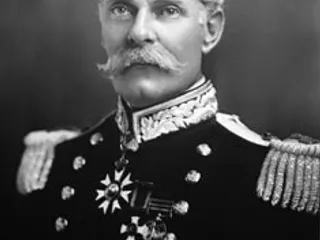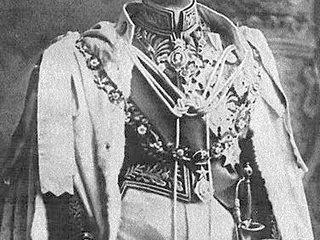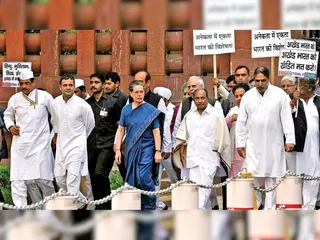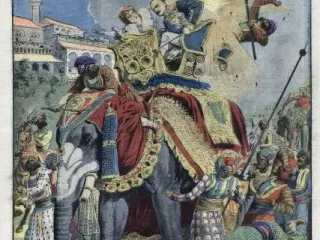The Battle of Buxar, fought on October 22, 1764, stands as a watershed moment in Indian history. This decisive victory for the British East India Company dramatically altered the political landscape of the subcontinent, paving the way for British dominance and the eventual decline of the Mughal Empire.
Causes of the Battle: The conflict stemmed from a complex interplay of power struggles and ambitions. Mir Qasim, the Nawab of Bengal, had initially allied with the British, but his attempts to limit their economic influence and build a stronger independent state led to conflict. He formed an alliance with Shujauddaulah, the Nawab of Awadh (Oudh), and the Mughal Emperor Shah Alam II, who aimed to restore Mughal authority. The British, threatened by this alliance and determined to maintain their economic and political control over Bengal, initiated the war.
The Contenders: The British East India Company, led by Hector Munro, fielded a well-trained and disciplined army equipped with superior artillery. Their opponents were a less cohesive force, with a combination of Awadh and Mughal troops, along with Mir Qasim's army. Although numerically superior, the allied army lacked the discipline, training, and coordination of the British.
The Battle: The battle took place near Buxar, Bihar. Munro employed superior tactics and utilized his artillery effectively, overwhelming the combined forces of Mir Qasim, Shujauddaulah, and Shah Alam II. The allied army was routed, suffering significant casualties. The Mughal Emperor, Shah Alam II, lost most of his army and was forced to surrender. The Nawabs lost considerable power and influence.
Consequences and Legacy: The victory at Buxar was a resounding success for the British. It gave them control over Bengal, Bihar, and Orissa, significantly expanding their territorial holdings and influence. The Mughal Emperor, now effectively a British puppet, granted the Company the diwani (right to collect revenue) of these provinces. This gave the British control over the wealth and resources of these vast territories. The outcome of Buxar signaled the beginning of the British Raj and the disintegration of the Mughal Empire, leaving a lasting imprint on the history and political landscape of India.
Key Figures:
- Robert Clive: While not directly commanding at Buxar, Clive's earlier successes and the groundwork he laid were crucial to the British victory.
- Hector Munro: Led the British forces to victory at Buxar.
- Mir Qasim: Nawab of Bengal, attempted to resist British expansion.
- Shujauddaulah: Nawab of Awadh, allied with Mir Qasim against the British.
- Shah Alam II: Mughal Emperor, whose alliance contributed to the opposition but ultimately resulted in his further weakening.
In conclusion, the Battle of Buxar was not merely a military confrontation but a turning point in Indian history. It marked the consolidation of British power, initiating a period of colonial rule that would profoundly shape India's political, economic, and social development for over a century. The battle's legacy continues to be a subject of study and debate, highlighting its immense significance in the tapestry of Indian history.





























































